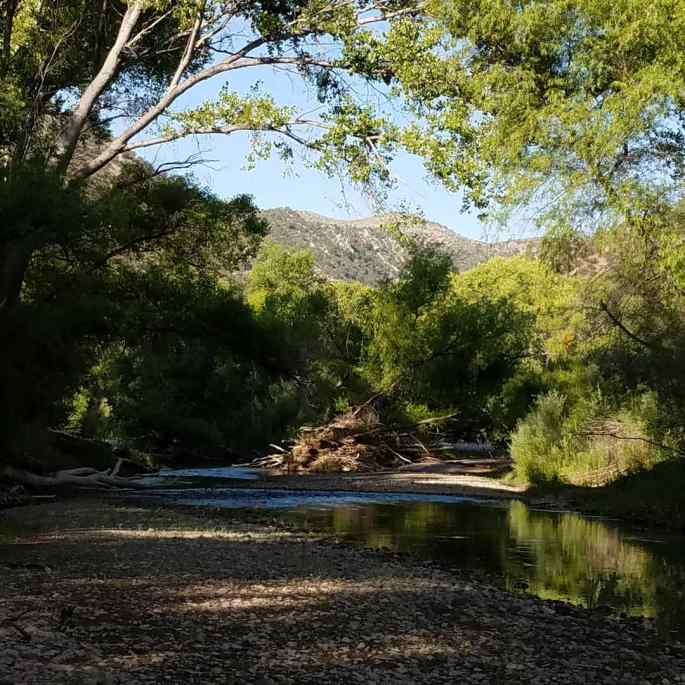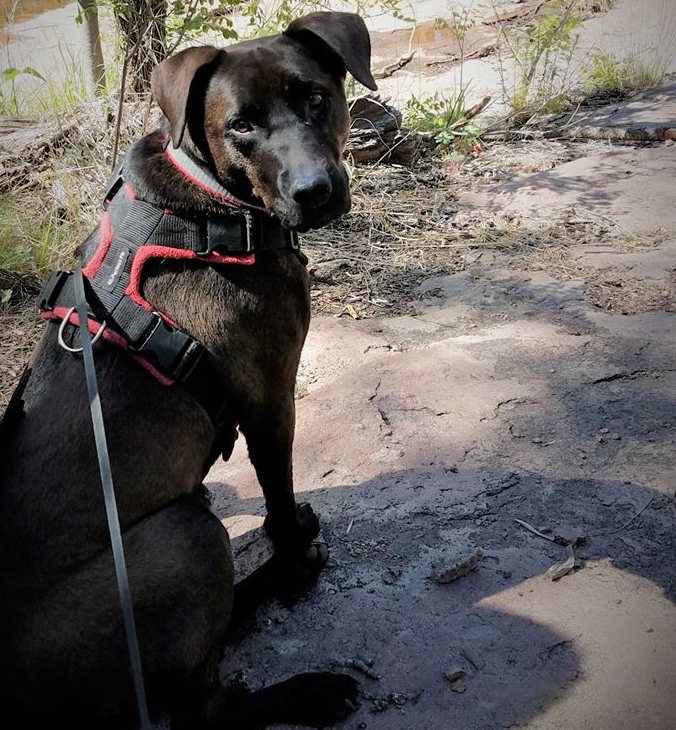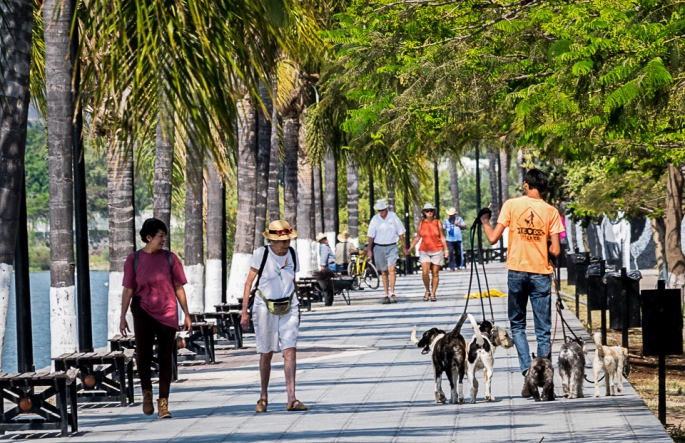Here are two pictures, taken a very short distance apart on a trail along the Gila River. Which belongs? Which does not?
Fair warning: I am going to rant a bit. Live up to that tag line I believe in: A Public Lands Advocate.
I have been hiking and camping our National Forests, National Parks and National Monuments for the last several years. In fact, that’s what motivated me to start sharing my stories and photographs. Mostly, my stories are about my personal experiences, my photographs share my awe and wonder. Occasionally I lapse into “trainer” mode. I try to avoid “preacher” mode. Today, I’m all of those: storyteller, trainer, preacher.
I am wedded to the Gila National Forest, including the Gila River because that is my door-step. I have found my solace and soul here during these last difficult months when we are socially distant from our friends and family, not traveling, zoom-stuck and zoom-weary. If you’ve read any of my stories this year, you have traveled these trails with me, my dog and a friend or two.
It seems we are not the only ones moving into the Forest and along the River. Folks are coming from neighboring states and from farther away. Sadly, many who are finding their way this way are not here for the quiet and solitude that a Wild and Scenic River or a Wilderness experience can offer. They come, rather, in clusters and groups and occasionally, hordes. And it’s not so much that folks are coming. These wildlands and waterways are, after all, open to all of us; we all own these public lands. It is what folks are leaving behind when they go. Here are the most recent pictures I’ve taken of the trash that they’ve left. Trash that includes human waste (I blurred one part of one picture that was explicit).
And here are some excerpts from recent news coverage in our local paper of what others who, like me, are passionate about our wildlands, have found—and removed.
She pointed specifically to trash littering the sides of forest roads, recreation areas, and stretches of the Gila River. [She] invited the Daily Press to visit the Mogollon Box Day-Use Area last Friday, where about 150 to 200 people were posted up in a variety of groups, both large and small — but nearly none below the state-mandated size of five or fewer.
…half of the 20 people we spoke to were from elsewhere. Ohio, California, Arizona and Texas were a few of the states folks visiting the Gila last Friday called home.
…10 pounds of trash that [she] picked up during a 30-minute walk… Toilet paper and unburied human feces were seemingly everywhere on the riverbank, just yards from two sets of bathrooms maintained by the Forest Service.
Besides the obvious problems of trash and waste ruining the aesthetics of the outdoors, and noise pollution disrupting the peace that at least some visitors are seeking, there’s the issue of wild creatures getting used to trash as a food source.
What happens when people leave garbage…is that skunks, bears and other critters habituate to it. Having those animals getting used to being around people — that’s cute to some degree, but only until there’s a bear jumping on someone’s car. Silver City DailyPress, 6/15/20
If you are escaping to the Gila National Forest. Or to any Forest. Or Park. Or Monument. Or Bureau of Land Management wildland, here are the guidelines for Leave No Trace.
7 Leave No Trace principles to minimize impact:
Plan ahead and prepare
Travel and camp on durable surfaces [Note—Respect USFS signs for no motorized vehicles, including ATV, UTV and dirt-bikes.]
Minimize campfire impacts [Note–open fires are currently forbidden in the Gila National Forest]
Leave what you find
Be respectful of other visitors
Dispose of waste properly
Respect wildlife
Please be a Public Lands Advocate. The animals depend on you. The rivers depend on you. The forests depend on you. I depend on you.








 I got to Pancho Canyon thrice in a week, twice w Dog and once without her; all three times with one or two friends. Twice I spent my time looking mostly down and once, mostly up.
I got to Pancho Canyon thrice in a week, twice w Dog and once without her; all three times with one or two friends. Twice I spent my time looking mostly down and once, mostly up.





























